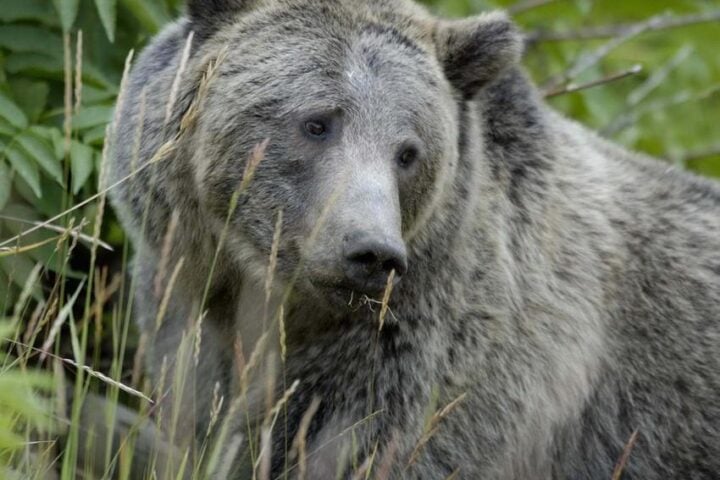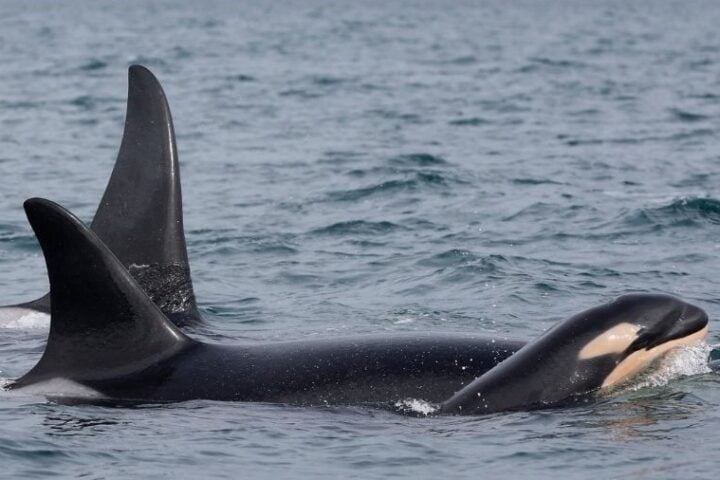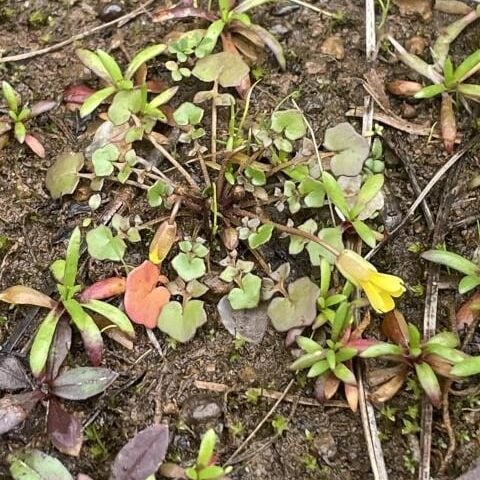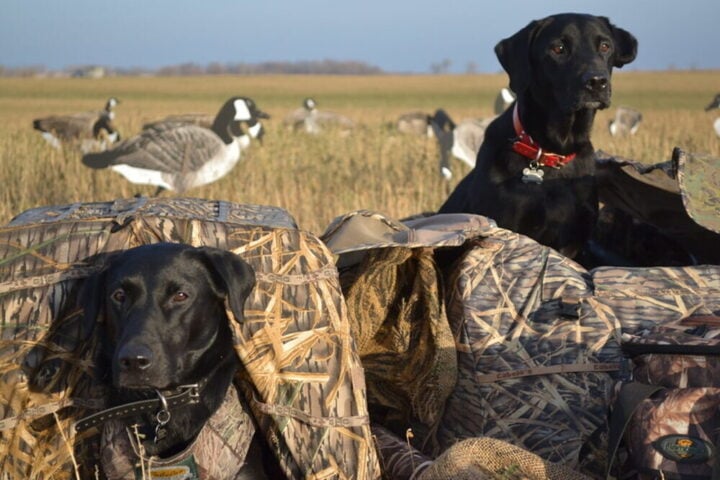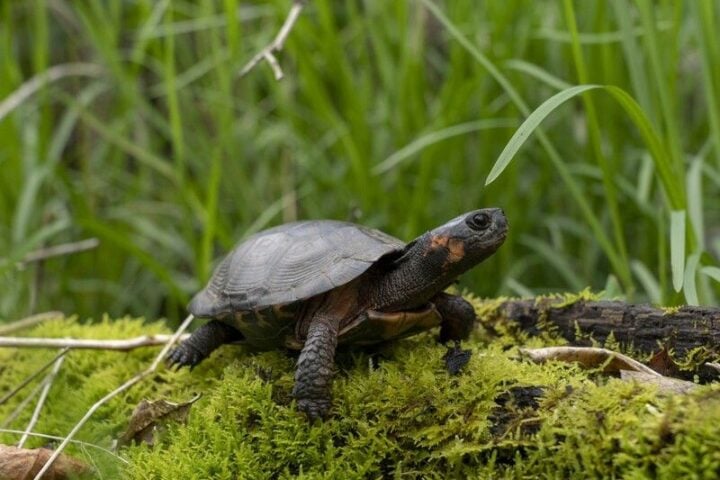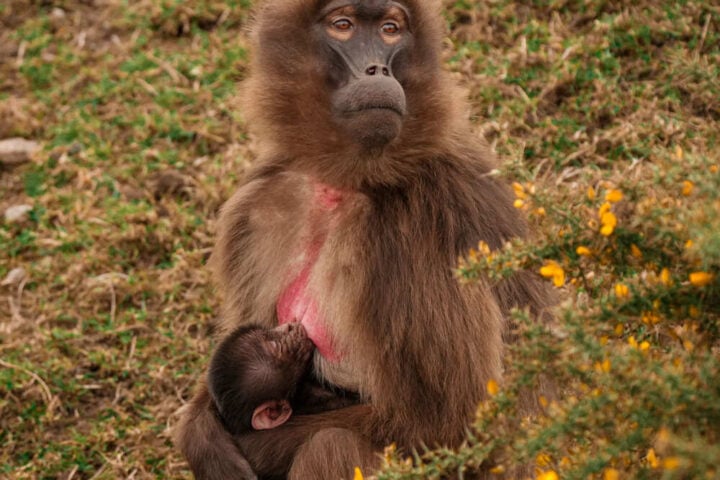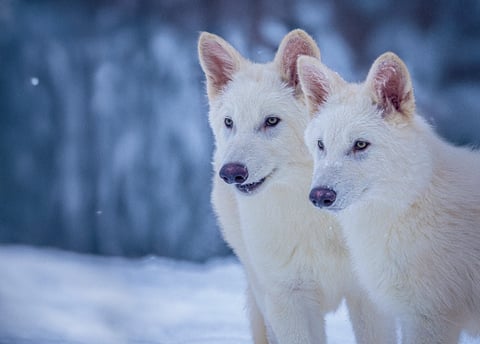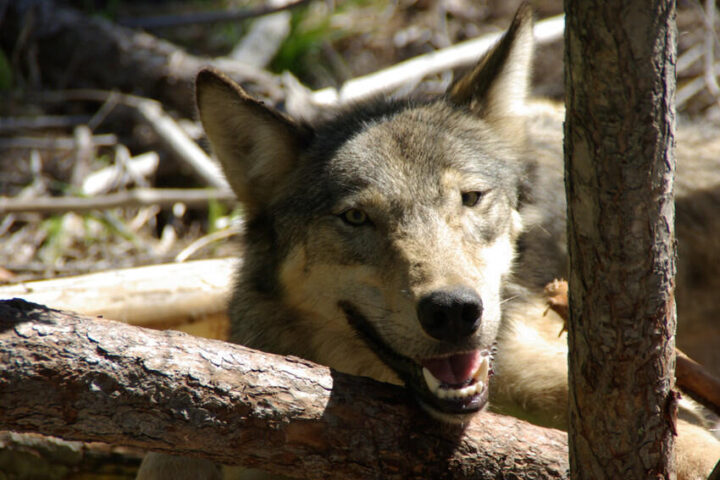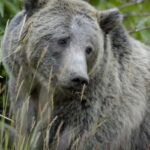Two sloth bear cubs are now exploring their habitat at the San Diego Zoo after spending their first two months bonding with their mother in a private den. The cubs, born December 6, 2024, to first-time mother Shala, made their public debut on February 14, 2025.
“Bear-y exciting news,” announced the San Diego Zoo Wildlife Alliance via social media. “First-time mama Shala welcomed two sloth bear cubs in early December, and after several weeks bonding in their private den, the shaggy-haired sweethearts are making their debut.”
These bears, despite common misconceptions, share no relation to tree sloths. “The species was misnamed by early zoologists who thought the bears were related to tree sloths because of their long, thick claws and unusual teeth,” explains the San Diego Zoo’s species information page. Instead, these bears have more in common with anteaters, using their elongated noses and flexible muzzles to hunt for food.
Similar Posts:
Visitors can now observe the cubs in their enclosure at the zoo, often riding on their mother’s back – a natural behavior that helps protect cubs in the wild. The bears’ distinctive features include rough, unruly hair around their ears, shoulders, and neck, with characteristic white chest patches forming Y, O, or U shapes.
The cubs’ arrival strengthens ongoing conservation efforts. Sloth bears face significant threats in their native South Asian habitat, including forest destruction, illegal hunting, and human-wildlife conflict. The San Diego Zoo partners with India’s Wildlife SOS sloth bear rescue facility, supporting conservation science and education programs to protect the vulnerable species.
While sloth bears cannot see or hear as well as other bears, they compensate with powerful noses for foraging. These surprisingly agile animals can outrun humans and climb trees with ease, skills crucial for survival in their natural environment.
“The new cubs will play a critical role in helping conservationists learn more about sloth bear ecology,” the zoo said. Through careful study of these cubs, researchers hope to better understand the species’ behavior, supporting protection efforts for wild populations.
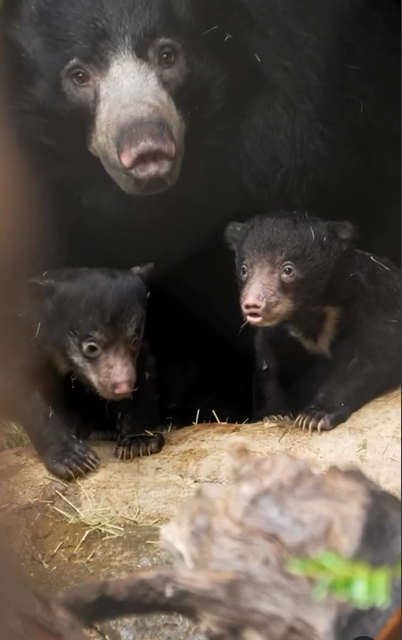
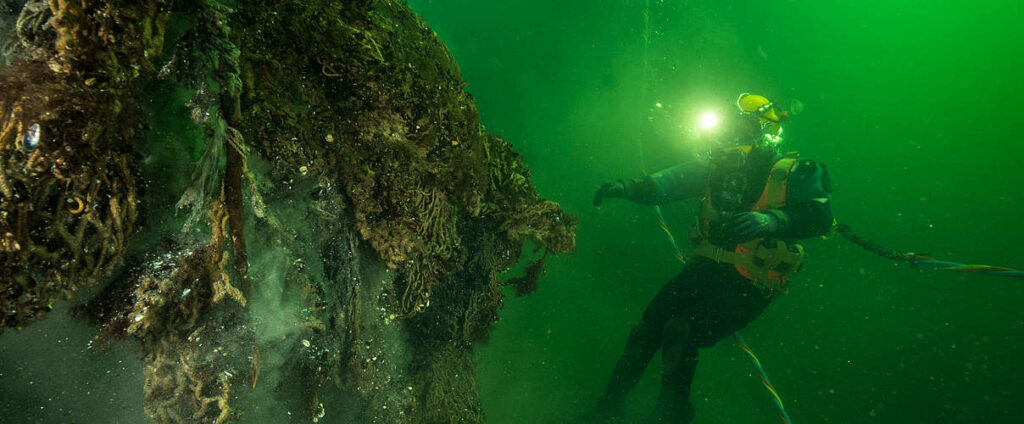

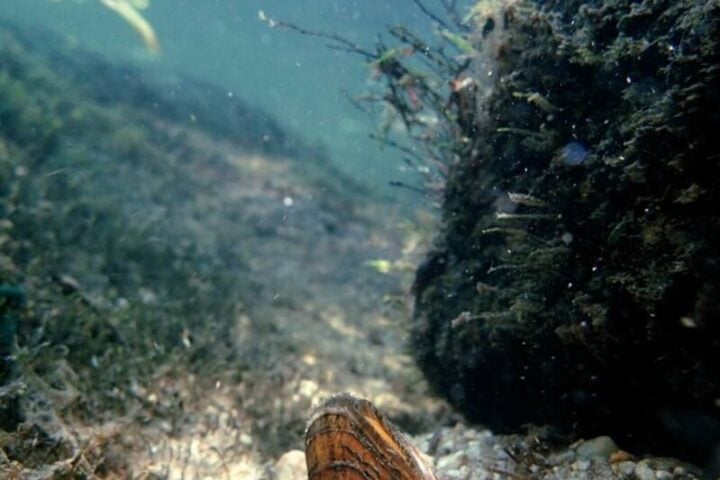
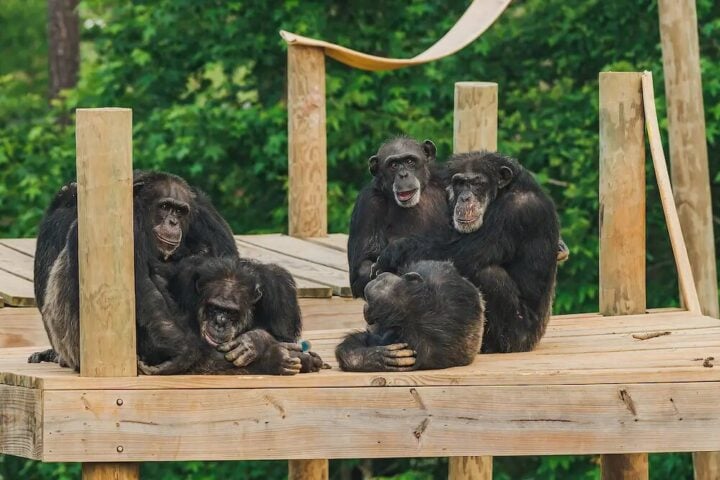

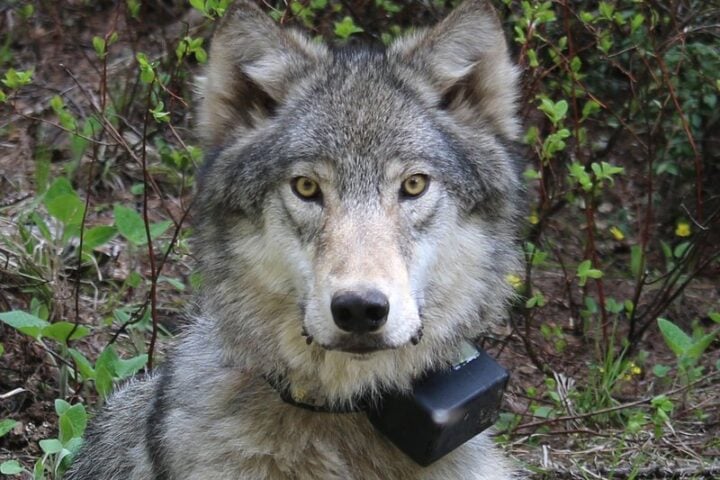
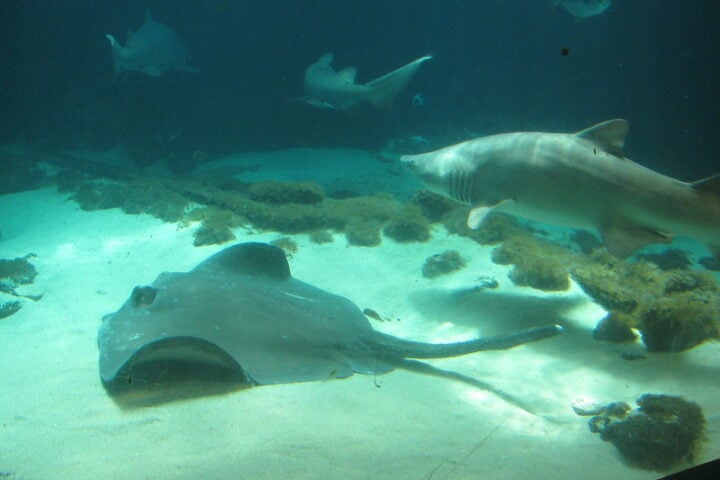
![Representative Image: European Starling [49/366]. Photo Source: Tim Sackton (CC BY-SA 2.0)](https://www.karmactive.com/wp-content/uploads/2025/04/Starlings-Drop-82-in-UK-Gardens-as-Birdwatch-2025-Reveals-Record-Low-Count-Since-1979-720x480.jpg)
